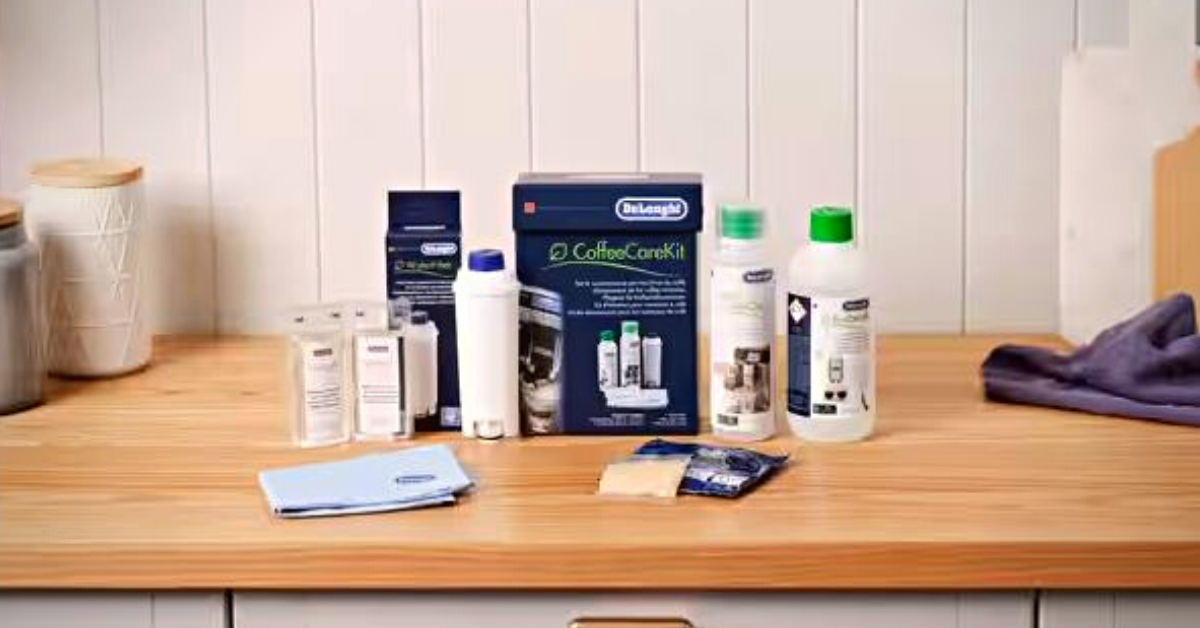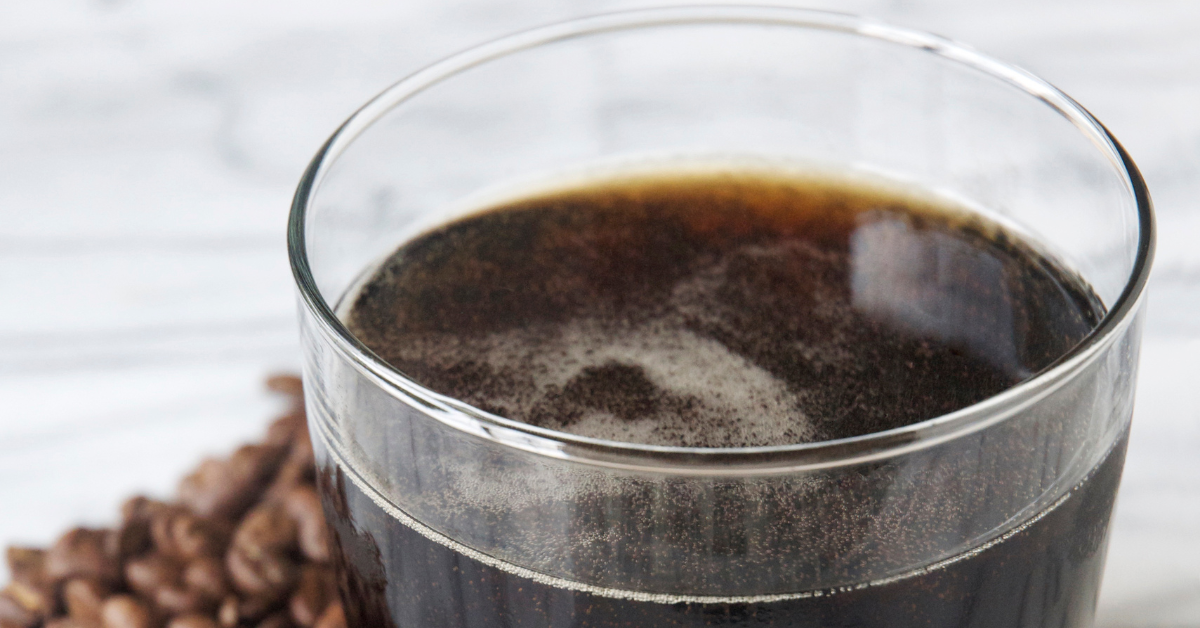Coffee Storage Mistakes That Are Ruining Your Perfect Cup
You just bought premium coffee beans, spent time dialing in your grind size, and perfected your brewing technique. But if you are storing your coffee incorrectly, all that effort goes to waste within days. Poor storage is the fastest way to turn exceptional coffee into a disappointing, stale cup.
After years of testing different storage methods and seeing how quickly coffee deteriorates under poor conditions, I have learned that proper storage is just as important as buying quality beans in the first place.
The Science Behind Coffee Storage
Coffee beans are organic materials that start degrading the moment they are roasted. Four main enemies attack your coffee freshness:
Oxygen: Causes oxidation that breaks down flavor compounds and oils, leading to stale, flat-tasting coffee.
Light: UV rays accelerate chemical breakdown and destroy delicate flavor molecules.
Heat: Speeds up all chemical reactions, causing faster deterioration of oils and aromatic compounds.
Moisture: Creates condensation that promotes mold growth and accelerates staleness.
Understanding these enemies helps explain why certain storage methods work while others fail miserably.
Common Coffee Storage Mistakes
Before covering proper storage, let me address the biggest mistakes I see people make that destroy their coffee quality:
Mistake #1: Storing Coffee in the Original Bag
Those paper bags from the coffee shop or grocery store offer zero protection against air, light, and moisture. Even bags with one-way valves are designed for short-term transport, not long-term storage.
Why it fails: Paper is porous, lets in air and light, and provides no moisture barrier.
Mistake #2: Freezing Whole Beans
Despite popular belief, freezing coffee beans damages them through moisture exposure and thermal shock. Every time you remove beans from the freezer, condensation forms and breaks down the cellular structure.
Why it fails: Temperature changes create moisture, and repeated freeze-thaw cycles destroy bean integrity.
Mistake #3: Refrigerator Storage
Refrigerators are humid environments full of food odors that coffee readily absorbs. The temperature fluctuations every time you open the door cause condensation problems.
Why it fails: High humidity, odor absorption, and temperature fluctuations accelerate degradation.
Mistake #4: Clear Glass Containers
Those beautiful glass canisters on your counter look elegant but expose coffee to light damage. UV rays break down flavor compounds even faster than oxygen exposure.
Why it fails: Light exposure destroys aromatic oils and accelerates staleness.
Mistake #5: Buying in Bulk Without Proper Planning
Purchasing large quantities saves money initially, but coffee quality peaks within 2-4 weeks of roasting. Bulk buying often means drinking stale coffee for months.
Why it fails: Even perfect storage cannot stop natural aging; freshness has expiration dates.
The Ideal Coffee Storage Solution
Perfect coffee storage creates an environment that minimizes exposure to all four enemies: oxygen, light, heat, and moisture.
Key requirements for optimal storage:
- Airtight seal to prevent oxygen exposure
- Opaque container to block light
- Cool, stable temperature (60-70°F ideal)
- Dry environment with low humidity
- No exposure to strong odors
Best Coffee Storage Containers
After testing dozens of storage solutions, here are the most effective options:
Vacuum-Sealed Canisters
These containers actively remove air and create the best possible environment for coffee storage.
Pros: Removes oxygen, extends freshness significantly, easy to use
Cons: Higher cost, requires maintenance
Best for: Serious coffee drinkers who buy premium beans
Airtight Ceramic or Metal Containers
Quality ceramic or stainless steel containers with rubber gasket seals provide excellent protection at reasonable cost.
Pros: Durable, blocks light, good sealing, attractive
Cons: Does not remove existing air
Best for: Daily coffee drinkers seeking reliable storage
One-Way Valve Bags
Professional-grade bags with one-way valves allow CO2 to escape while preventing oxygen entry.
Pros: Inexpensive, flexible sizing, effective for short-term storage
Cons: Not reusable, can be punctured
Best for: Portioning larger purchases into smaller amounts
Step-by-Step Proper Storage Method
Step 1: Choose the Right Container
Select an airtight, opaque container that holds 1-2 weeks worth of coffee. Multiple smaller containers work better than one large container you open frequently.
Step 2: Prepare Your Coffee
If buying whole beans, keep them whole until brewing. Ground coffee loses freshness 10 times faster than whole beans due to increased surface area exposure.
Step 3: Fill and Seal
Transfer coffee to your container, removing as much air as possible. Fill containers completely to minimize air space, or use vacuum-sealing if available.
Step 4: Label and Date
Mark containers with roast date and coffee variety. This helps you use older coffee first and track freshness.
Step 5: Store in Ideal Location
Place containers in a cool, dry, dark location away from heat sources like stoves, windows, or heating vents.
Coffee Storage Timeline
Understanding coffee freshness timelines helps you buy and consume at peak quality:
Whole Beans:
- Peak freshness: 3-14 days after roasting
- Good quality: 2-4 weeks after roasting
- Acceptable: 1-2 months with proper storage
- Stale but drinkable: 2-6 months
Ground Coffee:
- Peak freshness: 30 minutes after grinding
- Good quality: 1-2 weeks with proper storage
- Acceptable: 3-4 weeks
- Stale: After 1 month
Special Storage Situations
Long-Term Storage (2+ Months)
If you must store coffee for extended periods, freezing can work with proper technique:
- Divide coffee into weekly portions
- Vacuum seal each portion completely
- Freeze immediately in deep freezer
- Thaw one portion at room temperature before opening
- Never refreeze thawed coffee
Humid Climate Storage
High humidity environments require extra protection:
- Use silica gel packets in storage containers
- Consider vacuum-sealed containers
- Monitor for condensation regularly
- Store in air-conditioned spaces when possible
Travel and Camping Storage
For portable coffee storage:
- Use small airtight containers for daily portions
- Pre-grind only what you need for the trip
- Pack in insulated containers to minimize temperature changes
- Consider instant coffee for extended trips
Signs Your Coffee Storage Is Failing
Watch for these indicators that your storage method needs improvement:
Visual signs:
- Oily surface on beans (over-aged)
- Dull, matte appearance (oxidation)
- White spots or film (mold growth)
- Cracked or brittle beans (moisture loss)
Aroma signs:
- Weak or absent coffee smell
- Musty or off odors
- Rancid oil smells
- Foreign odors from absorption
Taste signs:
- Flat, lifeless flavor
- Sour or bitter off-tastes
- Lack of complexity
- Cardboard or paper flavors
Storage Container Recommendations
Based on extensive testing, here are my top storage container recommendations:
Budget Option: OXO POP Airtight Storage Container – Good seal, clear size markings, stackable design.
Mid-Range: Planetary Design Airscape – Valve system removes air, durable construction, various sizes.
Premium Choice: Fellow Atmos Vacuum Canister – Integrated vacuum pump, excellent build quality, optimal air removal.
Coffee Storage Myths Debunked
Myth: Coffee beans last forever if stored properly.
Truth: Even perfect storage cannot stop natural aging. Fresh is always better.
Myth: Freezing preserves coffee indefinitely.
Truth: Freezing slows aging but damages bean structure through moisture and thermal shock.
Myth: Expensive storage containers are just marketing.
Truth: Quality containers significantly extend freshness compared to basic storage.
Myth: Ground coffee lasts as long as whole beans.
Truth: Ground coffee stales 10 times faster due to increased surface area exposure.
Building a Complete Storage System
For serious coffee enthusiasts, consider implementing a complete storage system:
Purchase Strategy:
- Buy 1-2 weeks worth of coffee at a time
- Establish relationships with local roasters for fresh beans
- Track roast dates and consumption patterns
Storage Setup:
- Use multiple smaller containers rather than one large one
- Label everything with dates and coffee details
- Rotate stock using oldest coffee first
- Clean containers regularly to prevent oil buildup
Final Storage Tips
Perfect coffee storage is about creating consistent, optimal conditions that slow down natural aging processes:
- Buy coffee more frequently in smaller quantities
- Invest in quality storage containers appropriate for your consumption rate
- Keep detailed records of purchase and roast dates
- Grind beans immediately before brewing for maximum freshness
- Clean storage containers monthly to prevent oil rancidity
Remember: The best storage method cannot make bad coffee good, but poor storage will definitely make good coffee bad. Treat your premium beans with the respect they deserve, and they will reward you with consistently excellent cups every morning.
Proper storage is an investment in your daily coffee experience. The few minutes spent implementing these techniques and the modest cost of quality containers pays dividends in every cup you brew.










